Optimal Timing for Helical Pile Installation
Helical piles can be installed year-round, but optimal conditions depend on various environmental factors. Understanding the best timing ensures efficient installation and reliable foundation support.
Dry, moderate weather with minimal rainfall facilitates easier installation and reduces delays.
Firm, stable soil without excessive moisture or frost provides the best anchoring for helical piles.
Temperatures above freezing prevent soil heaving and frost-related complications during installation.
Aligning installation with project timelines and avoiding peak construction seasons can optimize scheduling.

Installation process optimized in dry conditions ensures stability and reduces complications.

Frost-free ground allows for efficient installation without soil heaving issues.

Ideal weather conditions contribute to timely and effective pile installation.

Ways to make Helical Piles Installations work in tight or awkward layouts.

Popular materials for Helical Piles Installations and why they hold up over time.

Simple add-ons that improve Helical Piles Installations without blowing the budget.
Helical piles are a versatile foundation solution suitable for various soil types and project requirements. They are installed using specialized equipment that rotates the piles into the ground, providing immediate load-bearing capacity. The installation process is minimally invasive and can be completed with minimal site disruption. Proper timing, considering weather and soil conditions, enhances the efficiency and longevity of the foundation.
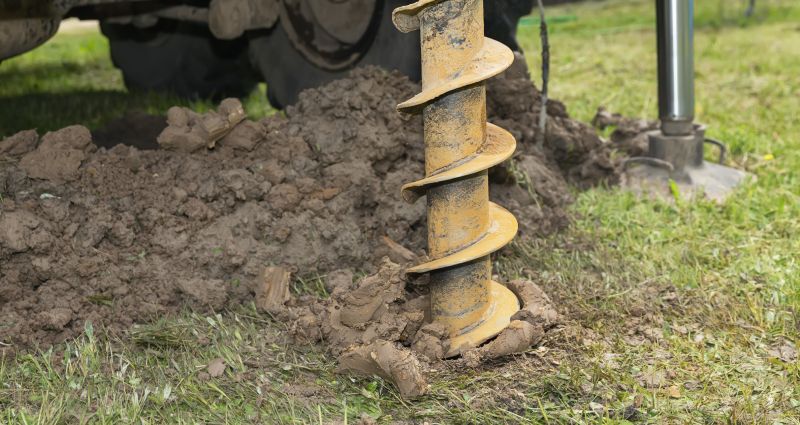
Specialized machinery ensures precise and efficient installation in suitable conditions.
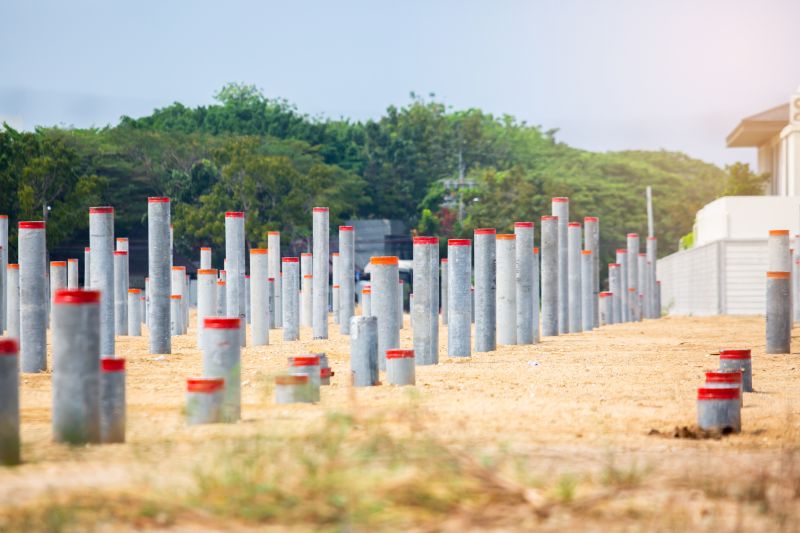
Optimal soil stability contributes to secure and durable foundations.
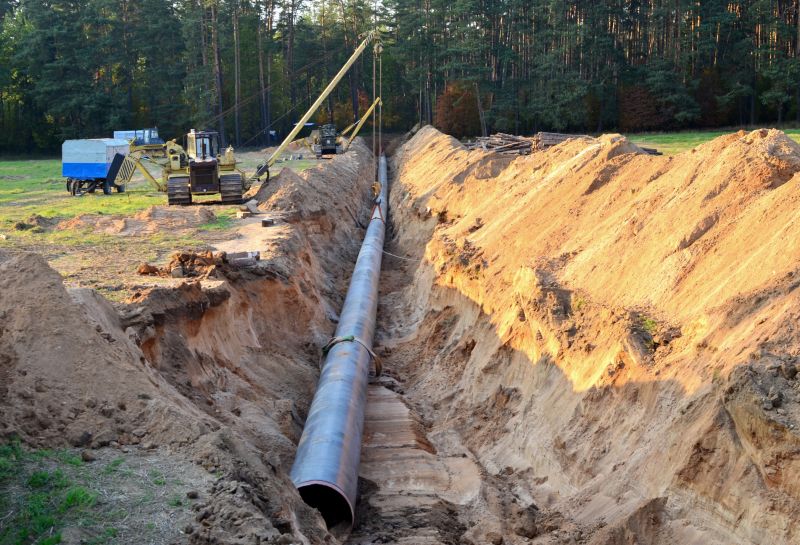
Skilled operators facilitate smooth installation regardless of season.
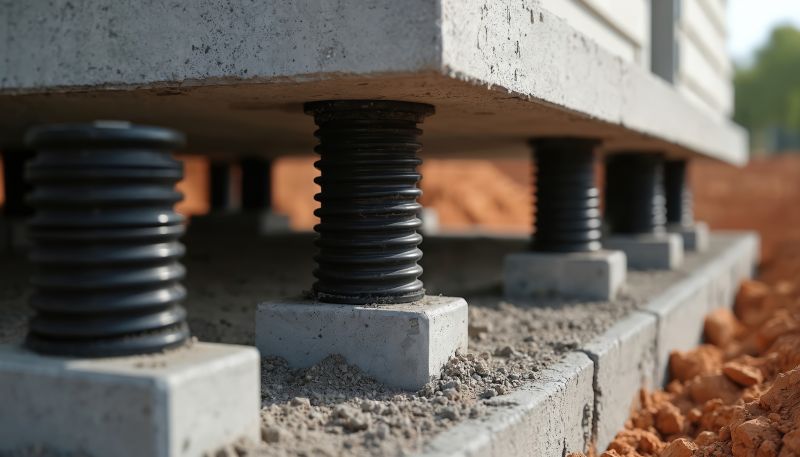
Finished installation ready for structural support.

High-end options that actually feel worth it for Helical Piles Installations.

Finishes and colors that play nicely with Helical Piles Installations.

Little measurements that prevent headaches on Helical Piles Installations day.

A 60-second routine that keeps Helical Piles Installations looking new.

A frequent mistake in Helical Piles Installations and how to dodge it.

Small tweaks to make Helical Piles Installations safer and easier to use.

Lower-waste or water-saving choices for Helical Piles Installations.
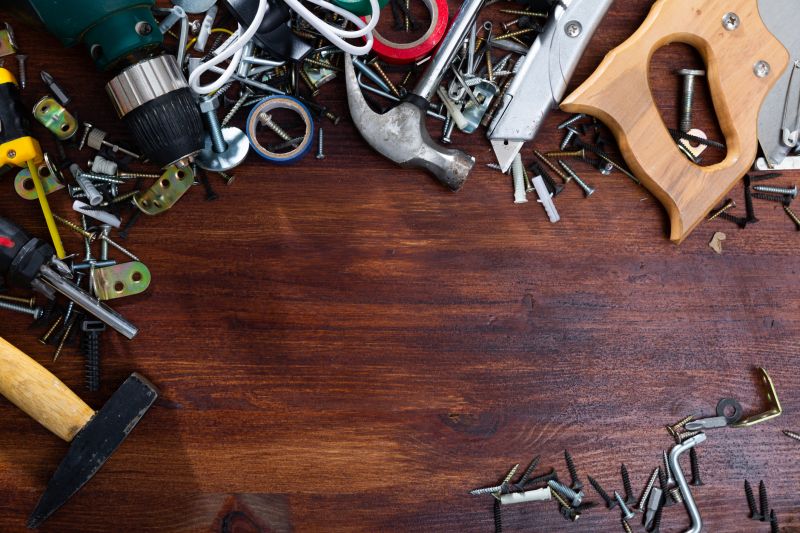
The short, realistic tool list for quality Helical Piles Installations.
| Factor | Optimal Conditions |
|---|---|
| Weather | Dry, moderate temperatures, minimal rain |
| Soil | Firm, stable, non-frozen soil |
| Temperature | Above freezing, no frost |
| Season | Spring, summer, early fall |
| Construction Schedule | Off-peak seasons for minimal delays |
| Environmental Conditions | Low wind, stable ground |
| Soil Moisture | Moderate, not overly saturated |
| Project Urgency | Allows for flexible scheduling |
Choosing the appropriate time for helical pile installation can impact project efficiency and foundation durability. While installations are possible throughout the year, planning around optimal weather and soil conditions minimizes delays and ensures the stability of the foundation. Proper timing aligns with project goals and site-specific factors, making it a critical consideration for successful installation.
Interested in learning more about helical pile installations or scheduling a project? Filling out the contact form provides a direct way to discuss options and receive tailored information about foundation solutions suited to specific site conditions and project timelines.
